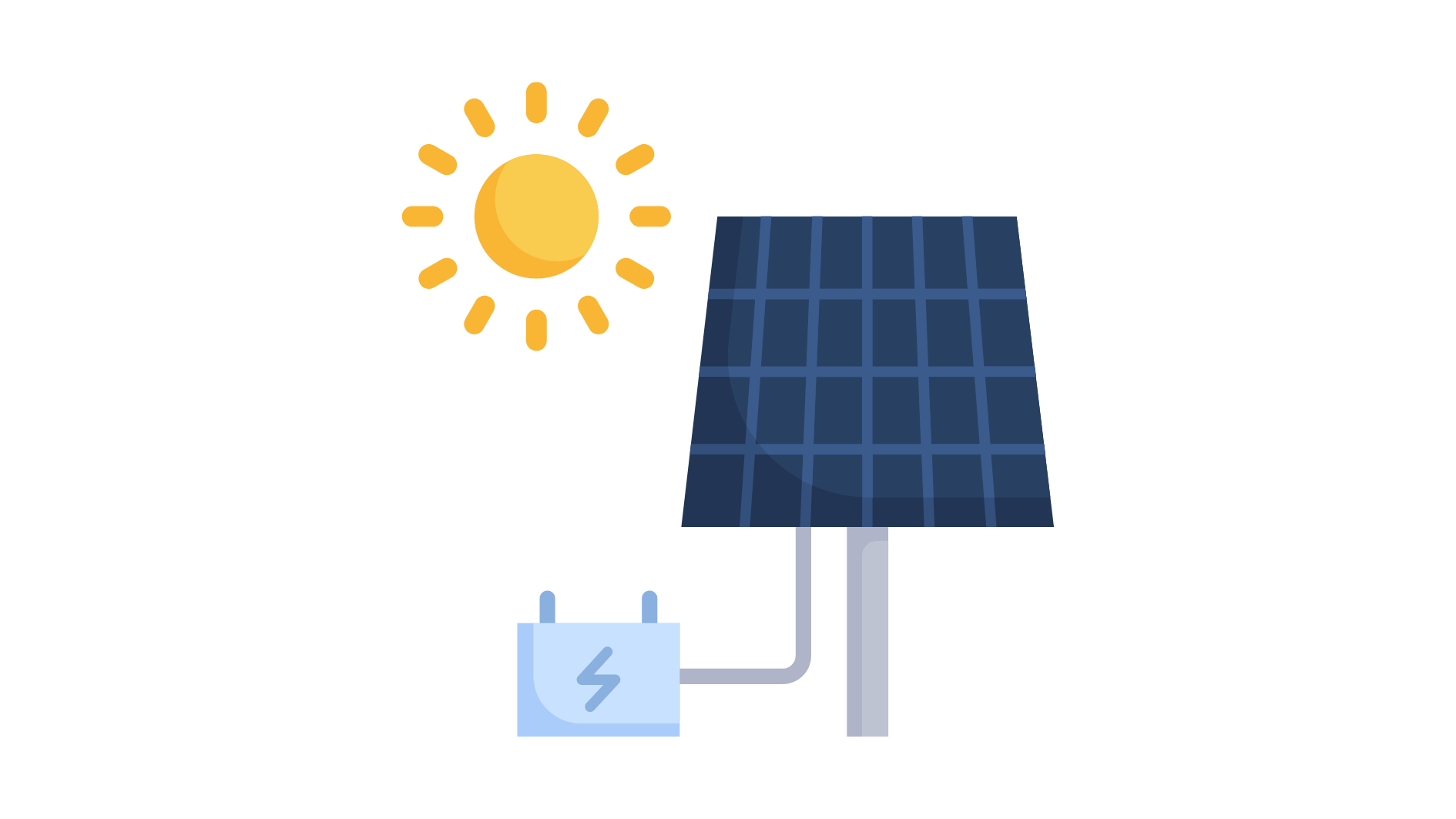Back to: Unlocking the Potential of Organic Solar Cells
Overview
Organic Solar Cells (OSCs) are a type of photovoltaic technology that utilizes organic molecules or polymers to absorb light and generate electricity. They present a promising alternative to conventional silicon-based solar cells due to their flexibility, lightweight nature, and potential for cost-effective production. As research and development continue, OSCs are emerging as an important part of the renewable energy landscape, with applications ranging from wearable electronics to building-integrated photovoltaics. Despite their potential, challenges such as efficiency, stability, and environmental sensitivity must be addressed to facilitate their widespread adoption.
Understanding the working principles of OSCs is crucial to evaluating their potential. These cells operate based on the photogeneration of excitons and charge separation at donor-acceptor interfaces. The efficient movement of charges within the cell determines the overall performance and energy output. Innovations in material science and device engineering are continuously being explored to improve the efficiency and longevity of these cells. Additionally, different structural configurations have been developed to enhance charge transport and optimize energy conversion.

Key Concepts
Light Absorption & Exciton Formation:
✔ When light is absorbed by the organic material, excitons (bound electron-hole pairs) are created instead of free carriers.
✔ The efficiency of exciton generation depends on the absorption spectrum of the material and its ability to capture a broad range of sunlight.
✔ Materials with higher absorption coefficients can contribute to improved performance in OSCs.
Charge Separation & Transport:
✔ Excitons must reach a donor-acceptor interface where charge separation occurs, leading to the generation of free electrons and holes.
✔ The effectiveness of charge separation is influenced by the molecular structure of the donor and acceptor materials.
✔ The separated electrons and holes must travel through different layers to reach their respective electrodes, minimizing recombination losses.
Device Structure:
✔ Common architectures include single-layer, bilayer, and bulk heterojunction (BHJ) structures.
✔ BHJ cells enhance efficiency by creating a larger donor-acceptor interfacial area, increasing the probability of exciton dissociation.
✔ Layer engineering, including tandem and multi-junction approaches, is being investigated to improve charge collection and overall efficiency.




